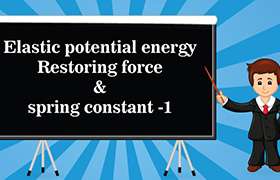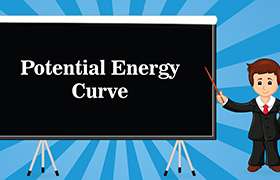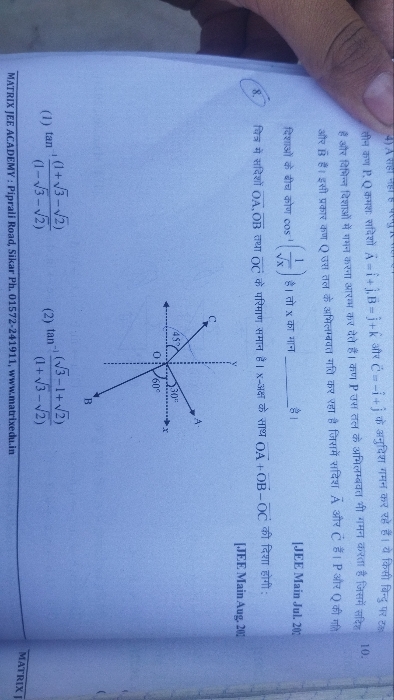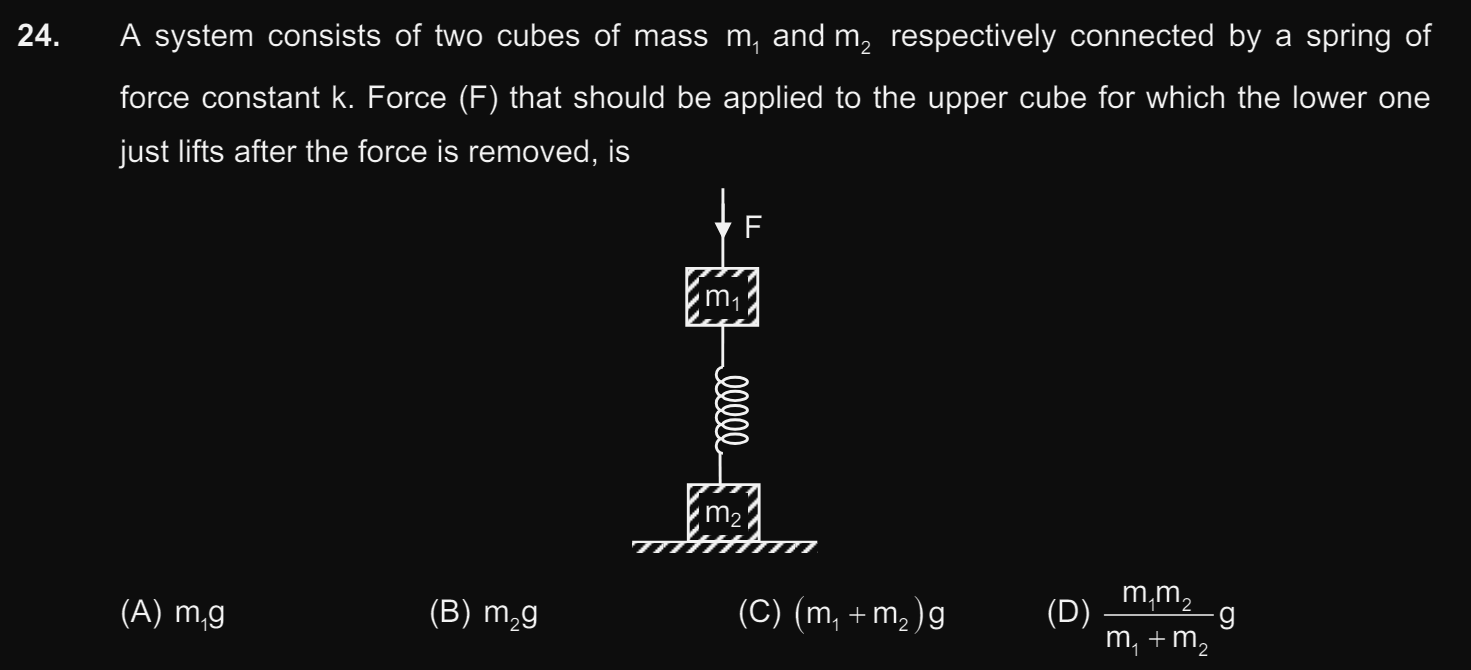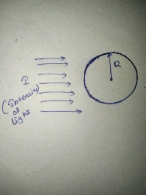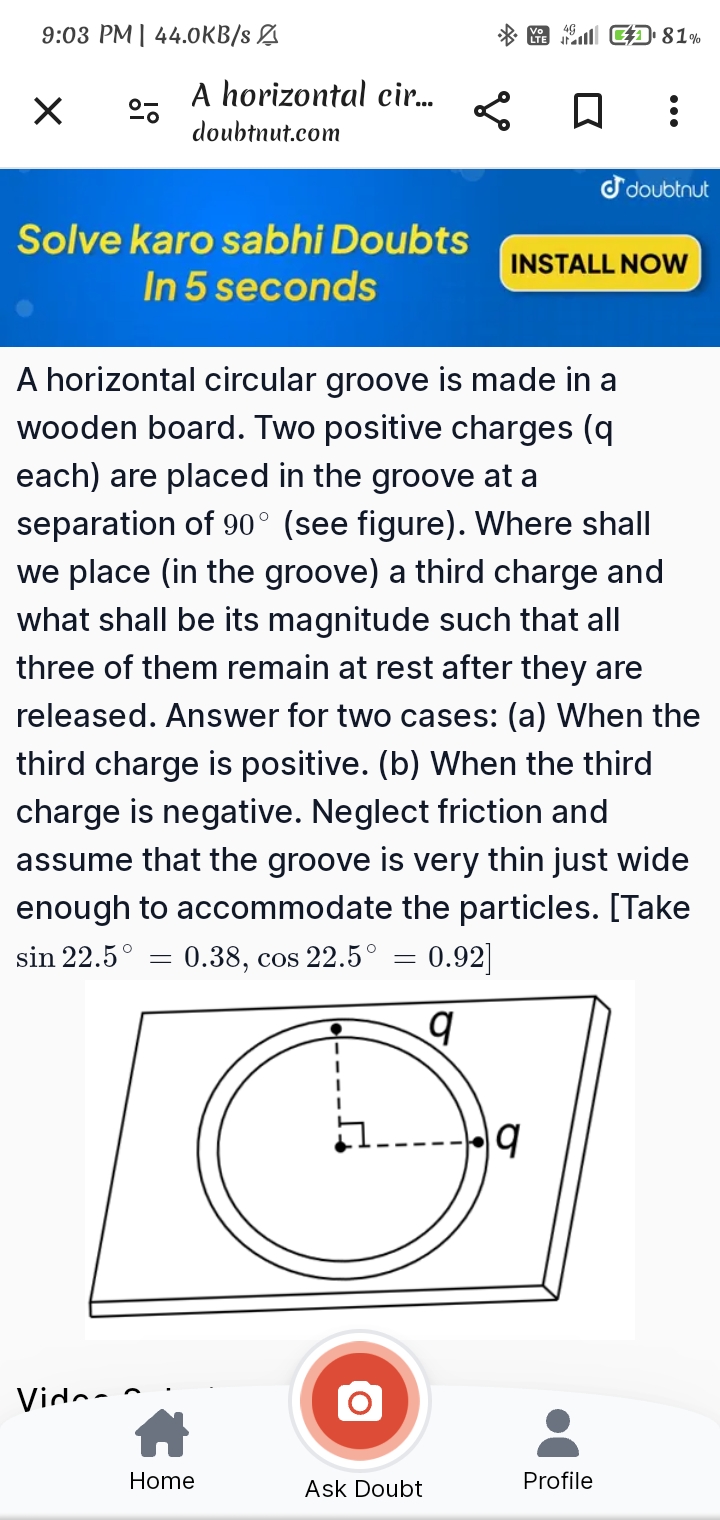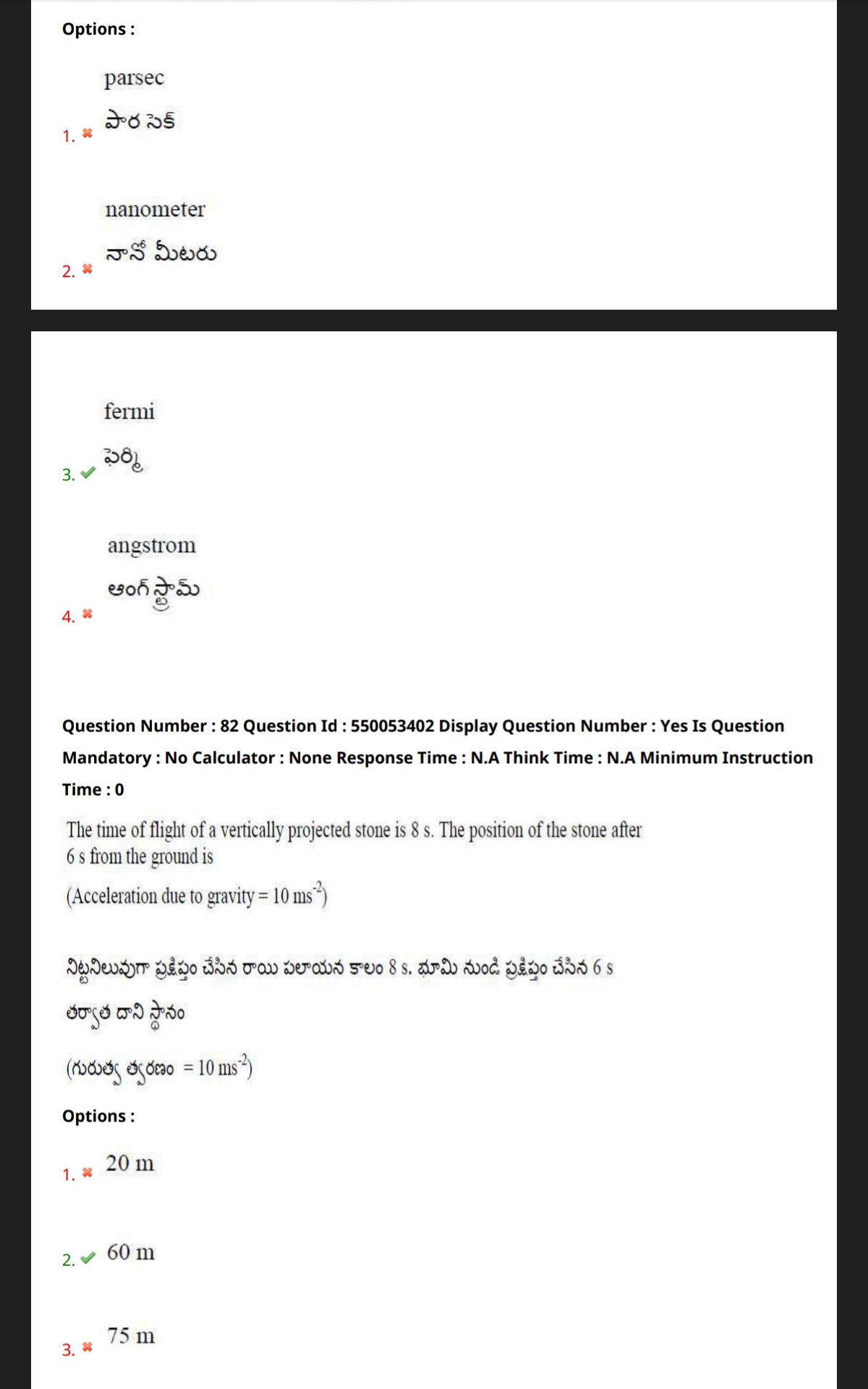JEE Class main Answered
answer the question below

Asked by sarveshvibrantacademy | 27 Mar, 2019, 10:56: AM

Figure shows a string which is tied at the ceiling. Let us measure the length y from bottom to top.
Also its linear mas density μ at y = 0 (bottom of the string ) is 0 and at y = L is λ and it is linearly varying.
At a distance y from bottom, linear mass density μ of string = (λ/L)y kg/m ................................(1)
Tension T at y due to the weight of the string length from 0 to y is [ λ/(2L) ]y×y×3g = λy2/(2L) kg .............................(2)
In the above eqn.(2) average linear mass density is multiplied to get mass.
Mass is multiplied by 3g to get Tension because when lift accelerated upwards with acceleration 2g,
suspended mass will get acceleration 3g
velocity v at a distance y from bottom is given by,  .................................(3)
.................................(3)
 .................................(3)
.................................(3)acceleration =  .............................(4)
.............................(4)
 .............................(4)
.............................(4)By substituting for v and derivative of v with respect to y using eqn.(3), acceleration =  ..........................(4)
..........................(4)
 ..........................(4)
..........................(4)Hence acceleration is same everywhere
 ..............................( 5 )
..............................( 5 )we get time T taken by wave to travel from bottom to top, by integrating both sides of eqn.( 5 )

Answered by Thiyagarajan K | 28 Mar, 2019, 01:31: PM
Application Videos
JEE main - Physics
Asked by srkgb8018 | 15 May, 2024, 08:12: PM
JEE main - Physics
Asked by sohan123asiwal | 12 May, 2024, 05:52: PM
JEE main - Physics
Asked by pranav10022007 | 12 May, 2024, 10:05: AM
JEE main - Physics
Asked by anupriya23102006 | 09 May, 2024, 04:09: PM
JEE main - Physics
Asked by ashwinskrishna2006 | 07 May, 2024, 05:33: PM
JEE main - Physics
Asked by srkgb8018 | 05 May, 2024, 10:12: PM
JEE main - Physics
Asked by sandhyapallapu22 | 03 May, 2024, 04:32: PM
JEE main - Physics
Asked by gamingbadboy085 | 01 May, 2024, 06:28: PM
JEE main - Physics
Asked by bhargavreddynellaballi | 30 Apr, 2024, 08:18: AM

